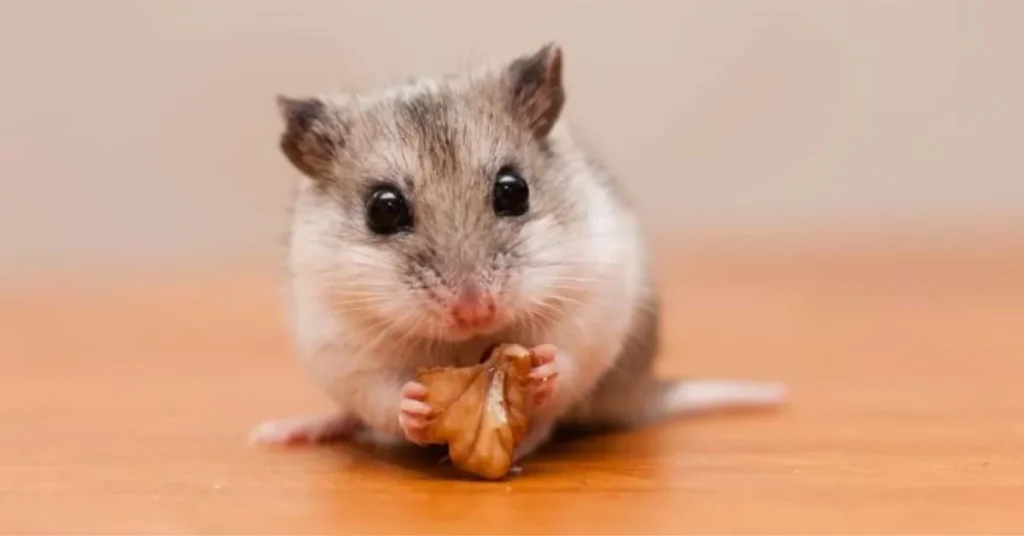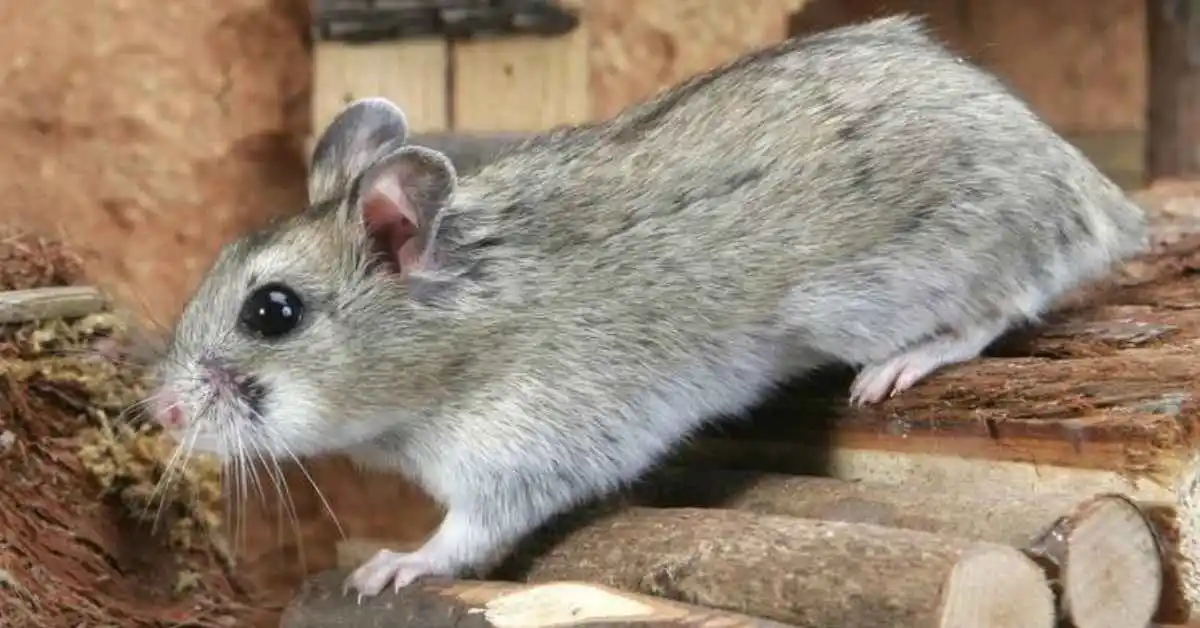Chinese Hamster
Chinese Hamsters are small mammlas.It lives in the deserts and semi-arid regions of northern China and Mongolia. As a small rodent, it is very popular because of its slim body, long tail, and pleasant temperament, and people keep them as pets. I like to keep it very much.
Further Insights and Relevant Content About Mammals.
Physical Description of Chinese Hamster
Chinese hamsters are very small, which is why they are known, but they are also taller than some of their peers, usually measuring 10 to 12 cm in length, including their tails. Also included is a white coat that covers about one-third of their body length, they also have dry spots on their body. and their abdomens are lighter on the underside. In addition, male scent glands are more prominent, usually regional.

Habitat and Range
Chinese hamsters are very short in stature and live in northern China and Mongolia, where they live in arid environments and like it because of the desert vegetation and are protected from predators and weather conditions. They make tunnels in the ground to escape. Besides, the temperature changes drastically in these areas and all these things have been adapted by hamsters over time and they are very friendly with humans.
Food and Diet of Chinese Hamster
They need a balanced diet to maintain good health and make sure they have access to water. Always give them fresh water and don’t leave food in their living space for too long. After eating, it is necessary to remove the utensils. In the wild, hamsters eat seeds and plants as their diet, they also eat insects, and if you keep them in captivity, they don’t like vitamin-rich foods. No matter how much food they eat in a day, they don’t have any timetable for eating.

Housing Requirements for Chinese Hamster
They are usually small but still need a large enclosure so that they can easily play and exercise in it. A lot of space is best for them. Their cage should be two feet long by one foot wide.
Cage Size
When choosing their cage, take special care that it has no place to run and it should not be too strong. It should be at least two feet in size. are improved so that they can easily play in it and help them develop better.
Temperature
And humidity are very important for it. In their living space heating should be between 60 and 70F and the humidity should be less than 50 percent.The cage should not be in direct sunlight. Do not place or avoid placing in places where radiators are used.
Cleaning
It is very important to keep their living space clean as it is good for their health which helps to keep them mentally and physically active. Clean their living space at least once a week. The bar should be cleaned thoroughly and their food scraps should also be removed and not left there for too long as this can spread bacteria.
Behaviour Of Chinese Hamster
These Chinese hamsters are mostly nocturnal and are usually shy. They can be handled well. And they can be tamed. Chinese Chinese hamsters tend to live in groups. But apart from when they are young, they also mix with humans.
Common Health Problems of Chinese Hamsters
Chinese hamsters are usually hardy, but they can also suffer from health problems such as dental problems and respiratory diseases, they become sluggish, lose weight, and their eyes become cloudy. Water starts coming out.
That’s why you should have toys for them to play with. If they don’t have the right toys to chew on, they can feel their growing teeth, which can interfere with their eating if the teeth are too large. If it increases, it should be trimmed by doctors or it is necessary to take advice from doctors for proper care of the teeth, in addition to keeping their living spaces clean so that no disease is born from there that is harmful to them and to them. Harmful to health.
Handling And Care Tips For Chinese Hamsters
By the way, they are very small so they are not that difficult to handle so you need to have a very good living space and have a bed made of paper and give them good food. To keep them healthy, always be gentle with them and don’t do anything that might startle them, give them a solid exercise wheel and chew toys. Go get busy with it easily They are usually best left alone and are mostly nocturnal.
Breeding Of Chinese Hamsters
Breeding Chinese hamsters is important to maintain the health of their parents and offspring, so you should take care of them and keep them healthy. Plans should be made for when they breed, they should be at least four to six months old, but their first breeding.
They should not be more than 12 months old to keep the male and female together so they can mate. They are 18 to 21 days old. Worms and boiled eggs and prefers to live alone in these conditions. Do not install and continue to provide access to food and water in their living space and take special care to ensure that their children have access to food and water separately. The house must be ready.
Lifespan
In Captivity
They can live three to four years in captivity because they are well looked after and given a balanced diet which is very good for their health. They do not face any kind of problems because they are regularly checked up by doctors.
In the Wild
In the wild, they usually live for one to two years because there they face many problems such as they do not have good food available there and they cannot find food properly besides they have to There is also a considerable risk of poachers.
Price and Cost
Babies cost between $10 and $15 because they require a lot of care, while young hamsters cost between $15 and $30 because they are a little easier to handle, while adults cost more. Between 40 to 50 dollars.
Conclusion
They are very less-maintenance pets they can make excellent companions. They should be fed according to life so that they can grow well in it and they are fed fresh vegetables, fruits and protein foods like boiled eggs. Fresh water should always be available to them. Be gentle with them so that they don’t get hurt They can usually live three to four years in captivity because they are well fed and regularly checked up on, and they have plenty of time in the wild. There are also problems with predators and they don’t get good food.







